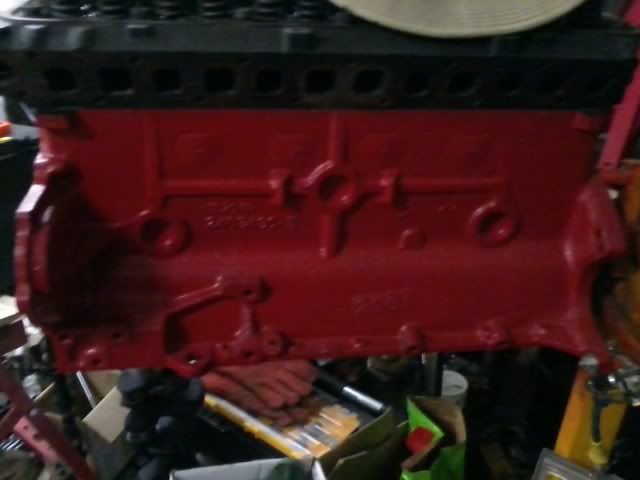OK, this is a lousy phone picture, but hopefully it'll help.

The circled area is where the block will be stamped. As long as nobody has decked the engine. If the deck has been cut substantially, the stamping may be gone.
The stamp is the only way you'll be able to tell the difference between a 198 and a 225. Otherwise, all differences are internal to the engine. (Rod length, and crank stroke.)
Here is a photo of a 170 block.

The Deck is 1" Above the casting for the water pump.
Here is a 225 block:

The deck is 2-3/4" above the casting for the water pump. Note how much taller the deck is to allow for stroke?
This is an early (1963) 225 Block:

Note the three freeze plugs. This engine is for my wife's 1963 Dart GT.
Next is a late 225 Block.

Note the placement of the five freeze plugs.
Hope these help. Lousy photos with the cell phone, but they should get you steered in the right direction!
CJ